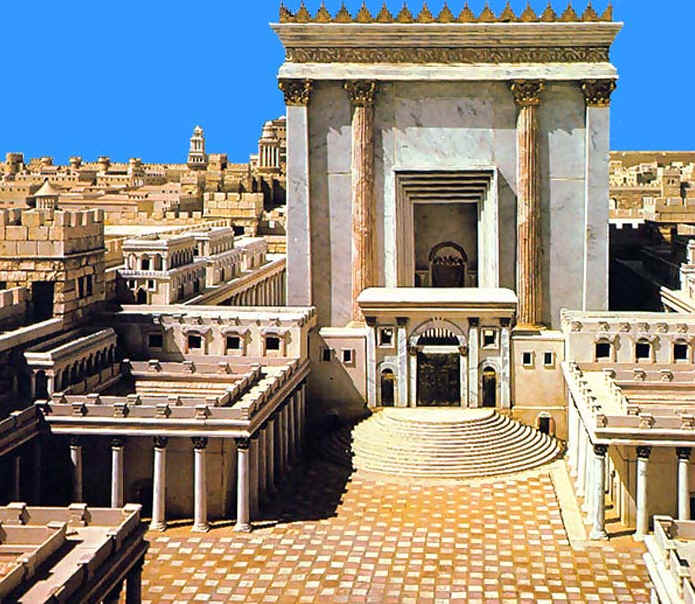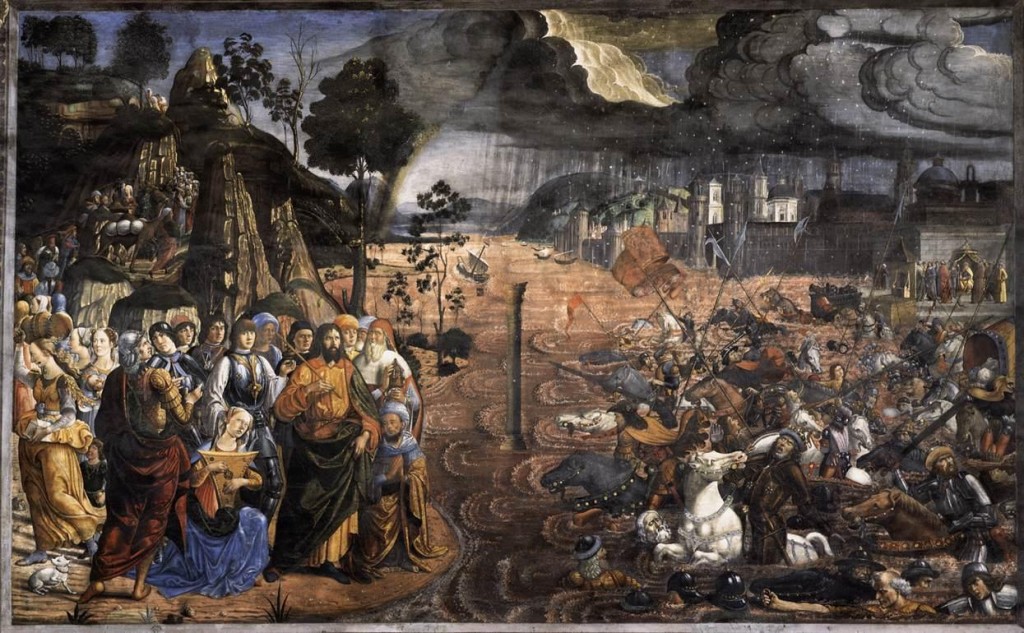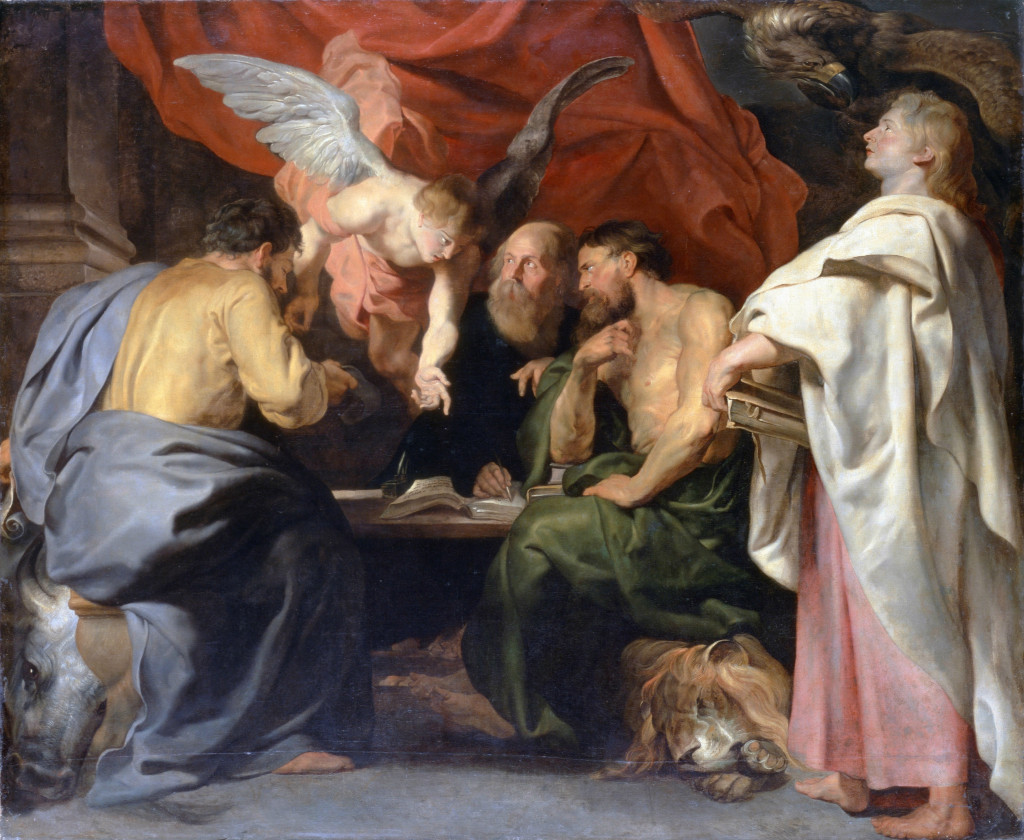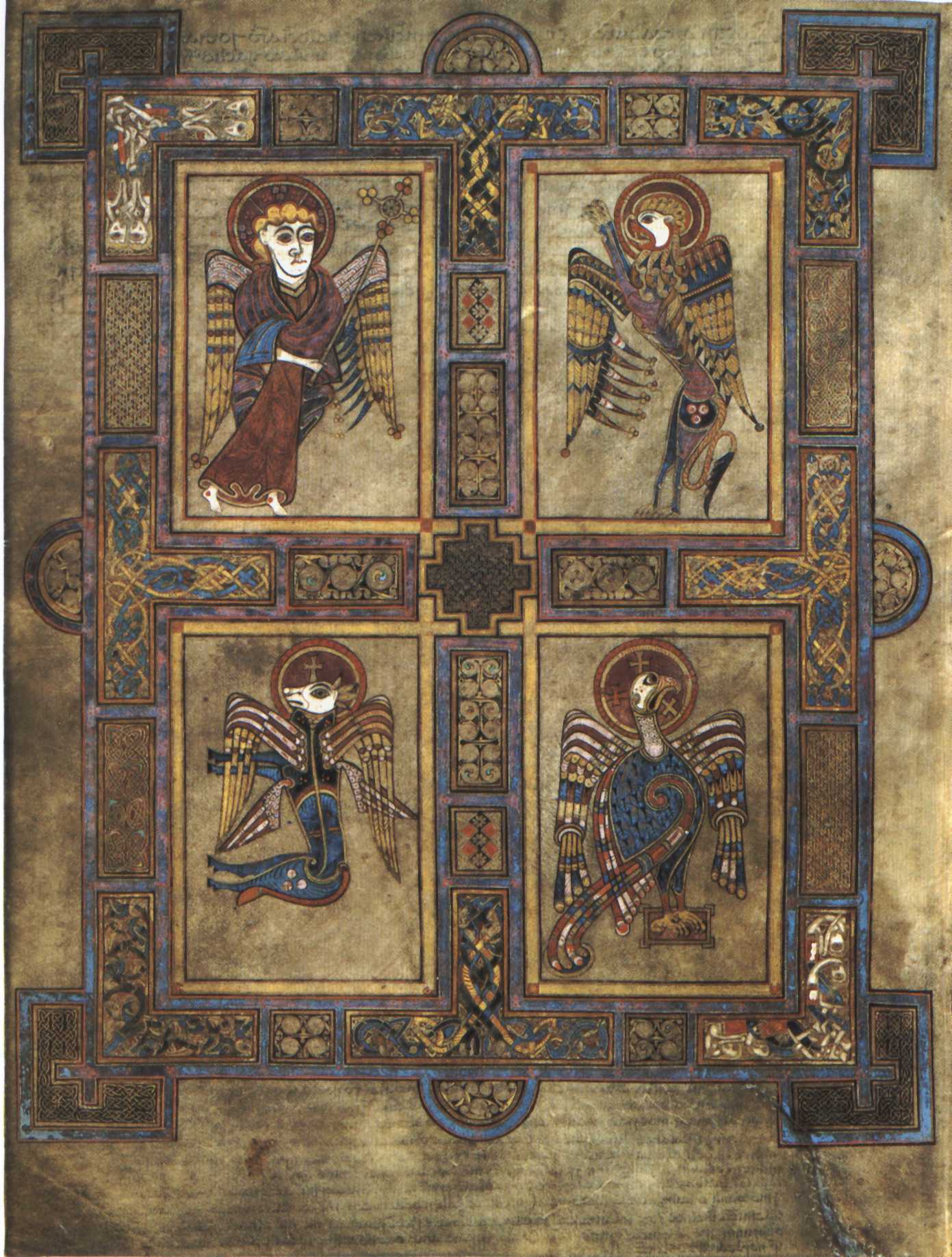We like to think of the Old Testament as a completely other thing. This is the fault of the dispensationalist. We have constructed an Old Testament God who was all about judgement and works and never cared about the heart. This gives us a pass to disregard many of the Old Testament teachings, when they should convict us. But this ‘Old Testament God’ does not exist. Last week in Malachi 1 we were presented with a different God, a God who looks very much like the God in the New Testament. He refused to accept the sacrifice of the people because their hearts were not in it. They met part of the literal qualifications, they put animals on the alter. But they were just going through the motions. God’s criticism of their hearts was not just mind reading, he criticized their actions. Actions that were the results of these hearts. I think these things can be applied to our worship today, we can look at our outward works and get some idea of the heart.
v.8a When you offer blind animals in sacrifice, is that not evil? This was forbidden by Leviticus 22:22. The people either forgot this or were in blatant rebellion. We like to think of forgetting as an excuse that gets us off the hook, but in scripture it is a further sin. God commands his people to remember the law of the Lord, time and again. Remember what happened here. Remember what I did for you. This was the whole tenor of the first five verses of Malachi. There was a pagan notion back then that your fate was determined by the stars of the zodiac and the day and time of your birth or the family of your birth. We still have these notions today. But here you have twin boys and yet their fates were very different. The descendants of Jacob became the nation of Israel, blessed by God. And the descendants of Esau became the nation of Edom hated by God. These pagan notions are not true, what is true is that God blesses whomever he feel like blessing. And he had chose to bless Israel, he remembered them, but they had forgotten these blessings.
v.8b And when you offer those that are lame and sick, is that not evil? This is like donating a broken tv to the Salvation Army. Do we always give God our best? Do we give him the best of our time? Do we give him the best of our minds. Do we give him our money before we spend on ourselves? Of course the point is that everything we have is a gift from God and giving the first fruits is just a statement that it all belongs to him. But these actions are important. Do we spend more time reading sports statistics than we do the Scripture? Do we spend more of our lives studying for a better job or studying scripture? Do we spend as much time dressing for church as we do for work or play? Do we work as hard at preparing our minds and voices for worship as we do for the big race? Do we prioritize giving money to the church or buying a new boat or vacation. Do we spend more time decorating our homes or building the house of the Lord? Now this is not to minimize the over the top blessing of God. He is not stingy, that is the point. We should be generous with our giving, because we serve a generous God. David felt bad about the ark residing in a tent while he lived in a house of cedar II Samuel 7:1. So he wanted to build God a house. God told him he would build David’s house instead. Then when Solomon was finally allowed to build a house for the Lord, God blessed him with a huge palace as well. But the fact remains we are very blessed and we spend most of it on ourselves.
v. 13 You bring what has been taken by violence. I suppose this is a condemnation of giving stolen goods to god. The Bible hardly condemns violence as such. We would never steal would we? What exactly is theft? It is taking what you have not earned from someone else. There are many common types of theft these days, that no one really thinks about. Have you declared bankruptcy and walked away from outstanding debt? It may be legal but this is theft. You benefited and then squandered that which was not yours. That is theft. Do you take government money when you are capable of working? In case you haven’t noticed the government does not have any money. That money is taken from someone else, most likely our grandchildren by excessive debt. That is theft. Do you take money for a ‘job’ that really isn’t doing anything? This all may be legal, but it is definitely sloth and probably theft. We are about the most blessed people on the earth ever. But we want more, more, more, without the sacrifice of hard work–all for the Lord’s work, of course.
v. 14a Cursed be the cheat who has a male in his flock and vows it, and yet sacrifices to the Lord what is blemished. Do you break vows so you can look good? Do you want to keep up appearances with the world but don’t care about how you look before God? This is the sin of Aninias and Sapphira in Acts 5 and it is a big one. Have you ever promised something to God when it made you look good but when it came down to it you made up and excuse to give God less? God often puts us in tough situations that look really bad for us, only to save us at the last minute. He likes cliff hanger. It might seem like the only way out is breaking his rules and fudging just a little. But, if we break our vow at the last minute, we miss out on these blessings and prove our faith is worthless.
v. 14b I am a great King, says the Lord of hosts, and my name will be feared among the nations. What about corporately? Does the outpouring of our faith, as it becomes culture, leave the world around is in awe of our God? When you look at the cathedrals built by the poor medieval church it should put us to shame. We are very very wealthy and yet we meet for church in warehouses or strip malls. This enables us to live in palaces made of cedar and go on cruises every once and a while–we deserve it. The work of their hands stands the test of time, the rocks of those cathedrals cry out to this day, pointing people to Christ. They sacrificed their time and money to build monuments to their great God. Meanwhile, we entertain ourselves and almost everything we make is disposable.
We are a very advanced people technologically, but often we give the leftovers in worship. The though and complexity of our worship is child’s play compared to the complexity of our work and entertainment lives. Why should the world take notice of our God when we rarely do? I often like to step outside of the Christian circles I live in and do a thought experiment. What do we look like to the world? I think we look stupid. And, it’s not because we are following a gospel that they don’t understand. It is because we are stupid in our worship.












